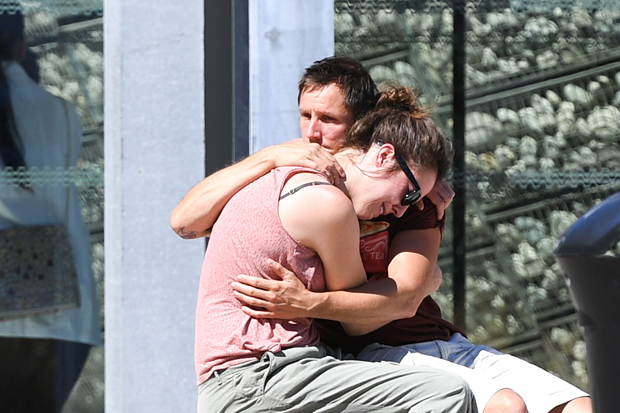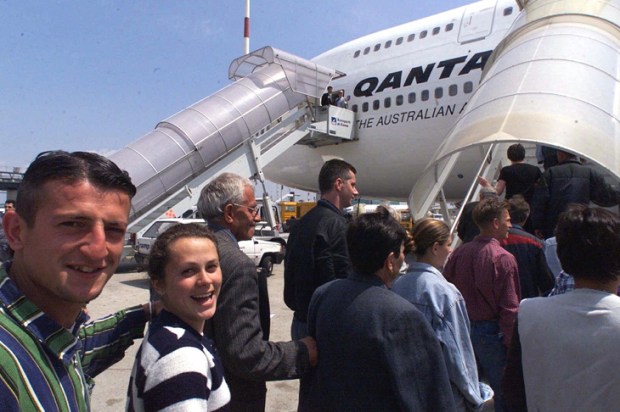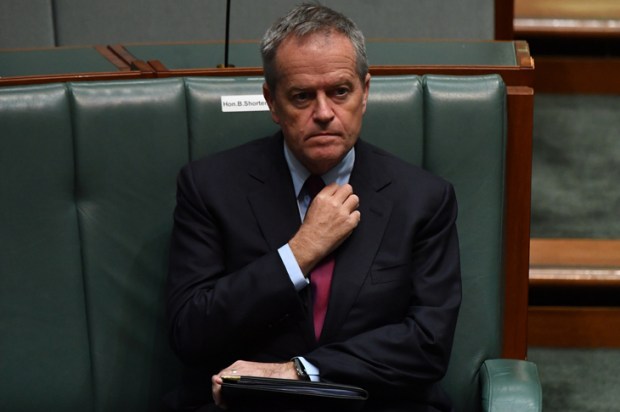On a warm summer night in London’s Russell Square a young, Muslim migrant randomly stabs members of the public. He kills an American tourist and injures others. Responding to the incident, the Metropolitan police could not initially decide whether the assailant was mentally disturbed or a terrorist. How has the apparent confusion between terrorism, violence and madness arisen?
2016 has witnessed an accelerating pattern of Islamic State attacks in cities outside the Middle East war zones.
Already a subscriber? Log in
Subscribe for just $2 a week
Try a month of The Spectator Australia absolutely free and without commitment. Not only that but – if you choose to continue – you’ll pay just $2 a week for your first year.
- Unlimited access to spectator.com.au and app
- The weekly edition on the Spectator Australia app
- Spectator podcasts and newsletters
- Full access to spectator.co.uk
Unlock this article
You might disagree with half of it, but you’ll enjoy reading all of it. Try your first month for free, then just $2 a week for the remainder of your first year.














Comments
Don't miss out
Join the conversation with other Spectator Australia readers. Subscribe to leave a comment.
SUBSCRIBEAlready a subscriber? Log in